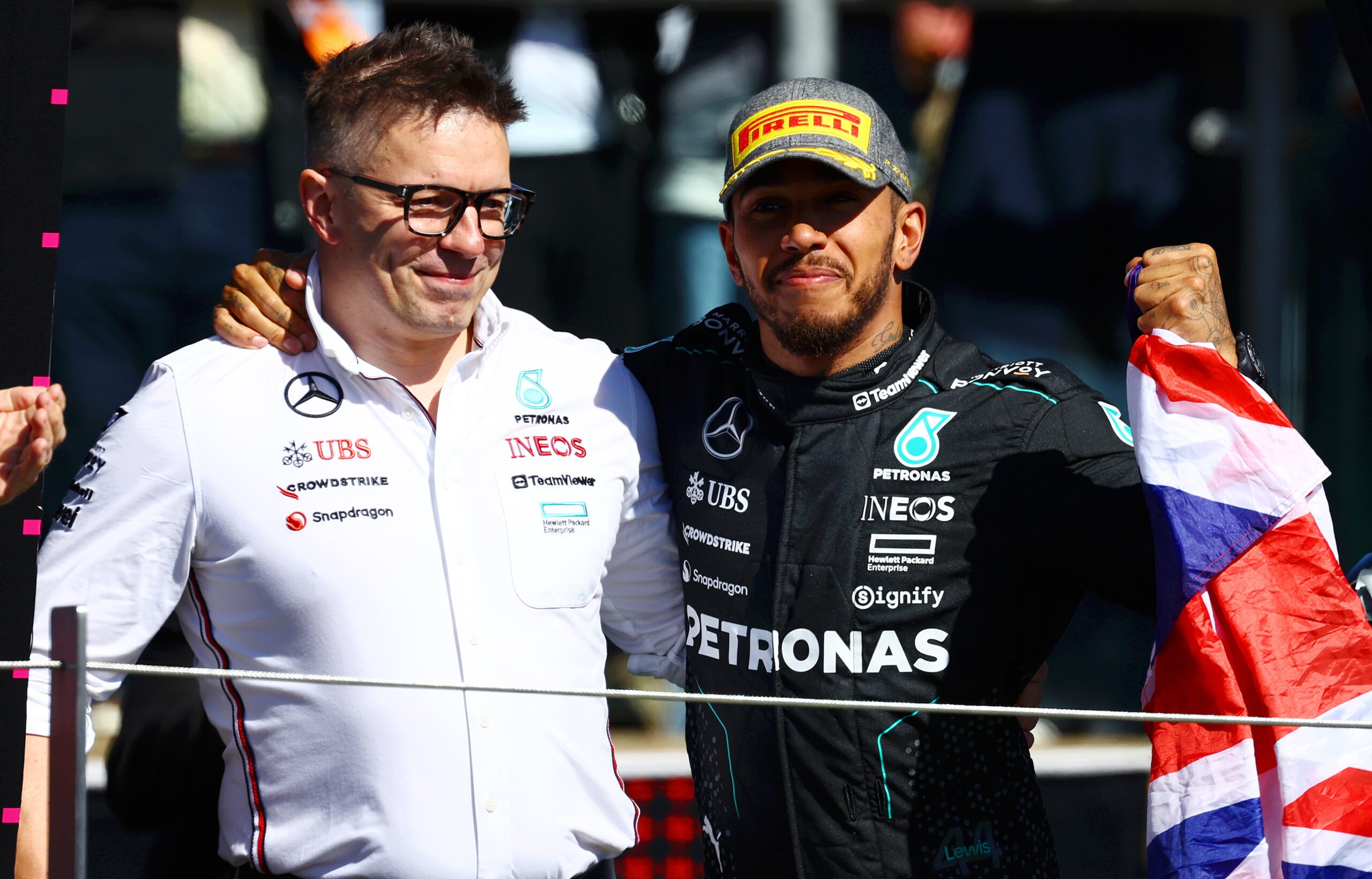Stay informed on all the biggest stories in Formula 1. Sign up here to receive the Prime Tire newsletter in your inbox every Monday and Friday morning.
ZANDVOORT, NETHERLANDS – Formula One’s summer shutdown is a 14-day period for the paddock to recharge. Some visit family, others go to the beach with their friends.
Lewis Hamilton started his break similarly, visiting his family in Turkey before devoting part of his break to traveling through Africa. He tried to maximize his time there, he said, going “straight from the airport into activities, history museums and just cultural experiences in each of the different countries I went to.”
Hamilton stopped in Morocco first and later visited Senegal and Gorée Island off the coast of its capital city, Dakar, which served as a prominent French slave trade base until 1848. Further into the trip, Hamilton met refugees at the Maratane Refugee Settlement in northern Mozambique, a country that’s home to more than 33,000 refugees (predominantly from the Democratic Republic of Congo, Burundi and Rwanda), according to the UNHCR.
“There’s so much to take from it,” Hamilton said Thursday in Zandvoort, Netherlands, ahead of the Dutch Grand Prix weekend. “I’m still digesting the trip and going to a refugee camp and seeing the work being done there and how people are displaced.”
Hamilton shared how “it’s one thing reading about it and seeing it on the news, but actually seeing it and speaking to kids who have 10 kilometers to get to school to have an education and then 10 kilometers back and not having school meals, not able to eat during the day.” He said children and women seemed most affected and that he noticed not many men were around the camp “because they’re either killed or taken in different conflict areas.”
“That was really heavy to see and experience and then in Senegal and seeing the slave areas just to see what the country has been through, and it’s such a beautiful place. Through all those experience, it’s adding to my compass of what I want to do going forward.”
These experiences got his mind working, he said at Zandvoort. “It’s great to see organizations doing amazing work, and what can I do to get on board, how can I help?”
Conversations continue to arise around bringing F1 back to Africa, which hasn’t had a grand prix since 1993 and is the only continent (aside from Antartica) that doesn’t have a race. Rwanda is one location, and Hamilton said Thursday that he has “been doing a lot of work in the background and spoken to people in Rwanda and South Africa.” The current Concorde Agreement allows for 25 races a year, and F1 continues to expand the calendar, recently adding two more grands prix in the United States (Miami in 2022 and Las Vegas in 2023). The Mercedes driver said that the current reason for not competing in Africa is because a track isn’t ready; however, as Hamilton pointed out, “there is at least one track that’s ready” — Kyalami in South Africa, where the 1993 race was held.
“We can’t be adding races in other locations and continue to ignore Africa, which the rest of the world takes from. No one gives anything to Africa,” Hamilton said. “There’s a huge amount of work there that needs to be done. I think a lot of the world that haven’t been there don’t realize how beautiful the place is and how vast it is.
“I think having a grand prix there would really be able to highlight how great the place is and bring in tourism and all sorts of things so why are we not on that continent?”

Hamilton and race engineer Pete Bonnington have ten races left together. (Mark Thompson/Getty Images)
With or without you: Hamilton prepares for life after Bono
Ahead of this weekend’s race at Zandvoort, Mercedes confirmed that Pete Bonnington, Hamilton’s long-serving race engineer, had been promoted into a new role as head of race engineering at the team.
By committing his future to Mercedes, Bonnington — known as Bono — put an end to suggestions that he could follow Hamilton to Ferrari for next year. He will remain Hamilton’s race engineer through the rest of the 2024 season and will continue to engineer one of the Mercedes drivers next year.
Asked by The Athletic about Bonnington’s decision, Hamilton said he “would have loved to have continued with Bono” next year, saying he was “like a brother.” The pair have worked together for six of Hamilton’s seven world championships, making Bonnington the longest-serving engineer in the Mercedes driver’s 17-year F1 career.
Hamilton said he was “really, really, really happy” for Bonnington and understood why it would be difficult for him to also move to Ferrari.
“I knew it would be an unlikely scenario that he would go with me because it’s such a drastic change within his life,” Hamilton said. “But I’m really happy the team have acknowledged and made changes so he can grow more with it.
“I think he’ll now be able to show even more of the great things that he’s been doing. But either way, we’re going to be family forever. We’ve spoken about it.
“We just want to make sure we finish on a high.”
Hamilton will not learn the identity of his new race engineer at Ferrari until January when he officially starts on the team, which he admitted was “tough.”
“That makes it really difficult,” Hamilton said. “I think it’s probably the same for anyone moving into a new office. It’s not until you go. It’ll be very heavy-loaded at the start of next year.”
Top photo: JOHN THYS/AFP via Getty Images

